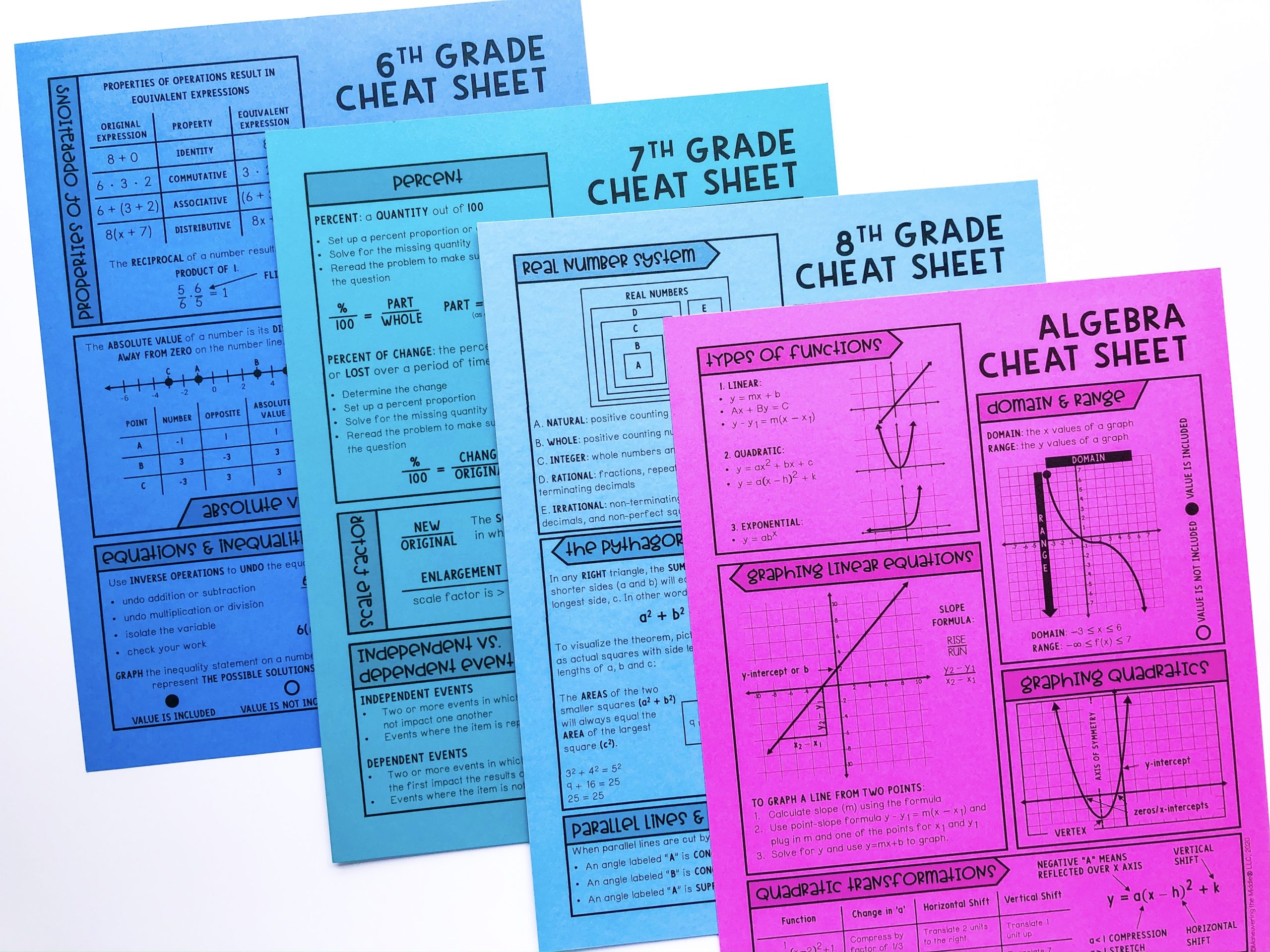One of the realities that teachers face today is the prevalence of assessments. We assess at the school level, at the district level, and at the state level. I won’t go into the politics of assessment, but I will address the fact that we as teachers want our students to be successful on these assessments. If you haven’t checked on the first test prep post on how to keep it fun and lively, be sure to read that!
Today, I am sharing a few ideas to keep students working hard and diligently by using goal setting throughout test prep.
This is the second of three posts about test prep, so be sure to read about How to Make Test Prep Fun and How to Differentiate Test Prep to Reach More Students.
Helping Students Achieve More: Goal setting and test prep
Benefits of Goal Setting and test prep
- It pushes every student to improve and do their best while reviewing.
- It encourages students to work together collaboratively, rather than competitively.
- It provides a bit of buy-in to keep students showing their work.
This all originally came about because I knew that test prep would be daunting. It can be frustrating for kids who do really well and it can be demoralizing for students who struggle. I really wanted to provide a way for everyone to get what they needed out of the review and to keep everyone working together for the 10 review days.
How to set goals for test prep
Throughout the review, I gave a handful of mini-assessments, as well as various class activities. Once I had planned the number of activities that I would be checking, I created a scale and decided to use stickers. Because, well, stickers are fun!
3 stickers – showed work and achieved 90% mastery
2 stickers – showed work and achieved between 75% and 89% mastery
1 sticker – showed work and put in effort
Here was my rationale – either way I wanted to incentivize showing work and giving best effort. I also wanted to incentivize everyone to strive, even my top students, who might rush through their work or be careless.
Based on my scale and the number of assignments, I created a rough goal for each student. I wanted to be reasonable with the goal, yet push others who might not push themselves. I quickly typed up the the goals and printed them on labels and created a card for them to keep their stickers. Then, I hole punched the card so they could keep it in their folders.
Explaining the Goals
When I passed out the goals for every student I talked about the importance of setting goals and gave every student the opportunity to increase their goal. This allowed them to be a part of the goal setting without writing down something ridiculous like 1 or 4,000. #middleschoolers
Working Towards the Goal
Students then worked on various activities and mini-assessments throughout the test review.
While they worked, I pulled groups of students who needed extra support and worked with them. I tried to focus on the same groups of students to make a larger impact and really only pulled 2-4 students per class period.
I focused on students who were very close, as well as those who just needed some confidence. They would do the same activities and mini-assessments but with support from me. For example, I corrected small misconceptions or would remind them of steps. I didn’t want to be a crutch but also didn’t want them sitting quietly stumped.
Checking Their Work
If we were doing an activity, then I trusted students to work with their groups. We would go over questions and the answers and I trusted students to get the appropriate amount of stickers.
If we were doing a mini-assessment, then students would bring their assignment to my small group and I would quickly mark their answers and they would get their stickers.
Striving to Achieve Their Goals
Some of your students are going to have a bad day and some are going to make silly mistakes on their assignment or are your high achievers, who won’t settle for less than a 100. Students who are all about reaching goals are going to get my full support! So, I did create a few extra activities that students could do on their own time and bring back to earn additional stickers towards their goal.
At the end of the test review, we would celebrate as a class when everyone achieved their goals. This often involved board games, popcorn, and other treats. Because lets be real, the key to a middle schoolers heart is food. It really is quite impressive to see students work against themselves, which is an incredible life lesson in and of itself. Goals are a great example of perseverance and grit.
This system is something I used in my own classroom for four years and found great success! It is simple, streamlined, and easy to engage. I spent several weeks creating the various activities and reviews and then practically an entire Saturday getting the copies prepared, the activities print and cut, and everything organized by day into file folders. It was totally worth it because when test prep time came, I was ready to go and ready for the next day.
Now, it’s a little more simplified than the football game that Tyne shared last week, so if you are looking for something with more specific incentives and competition, be sure to check that out.
If you are looking for a high-quality, student-centered test prep, then I have one for you! Right now, I have test prep units for grades 6-8 aligned to the TEKS.
Check it out here: 6th Grade, 7th Grade, 8th Grade CCSS Teacher? 6th Grade, 7th Grade, 8th Grade
CCSS Teacher? 6th Grade, 7th Grade, 8th Grade







